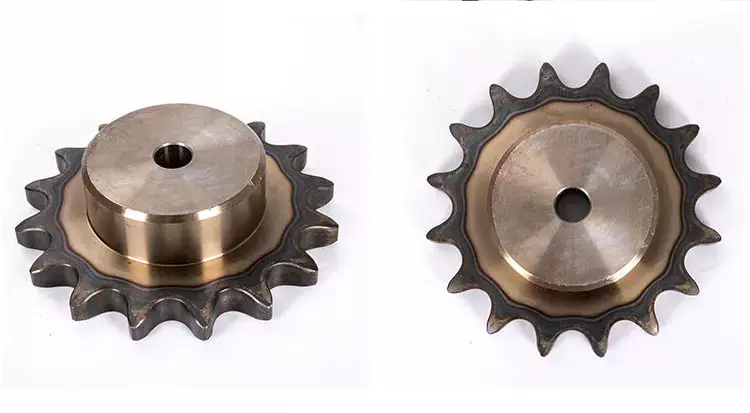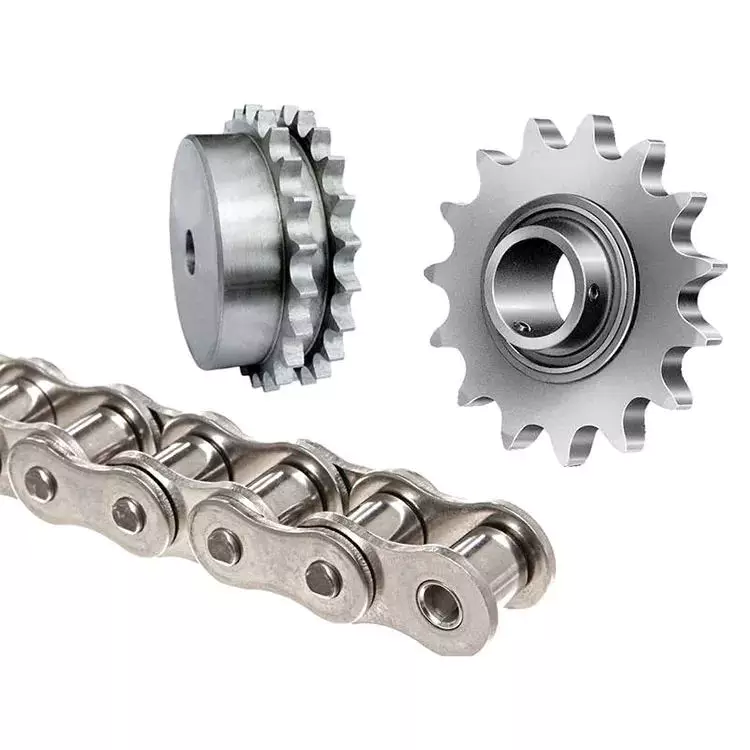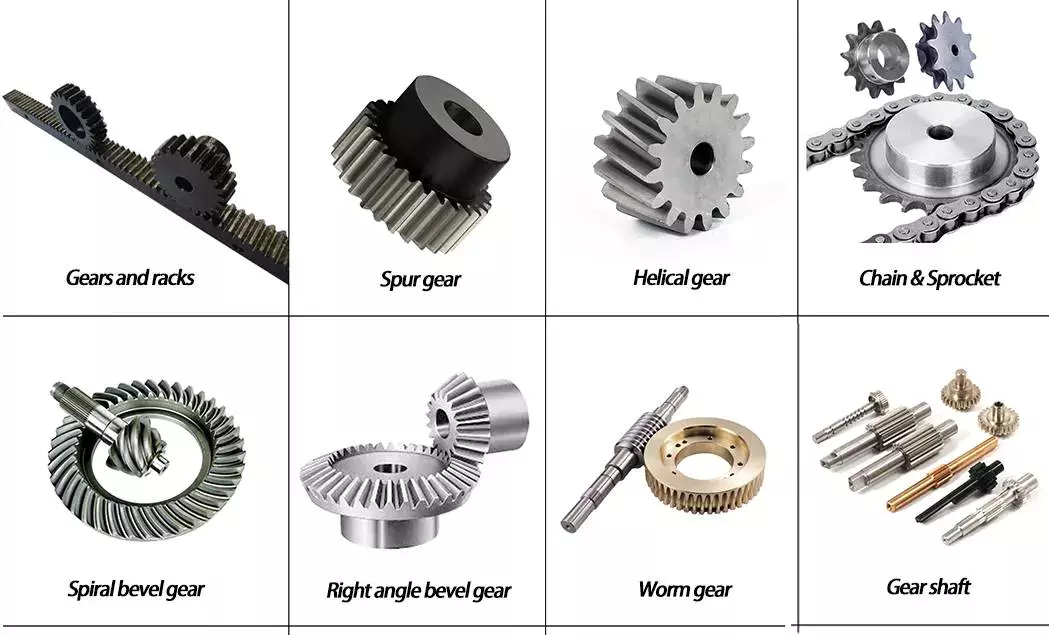Product Description
- Forging sprocket segment for engineering machinery in China
-
Products: Free forging/Die forging products Material: Vacuum Degassed Ingot of Carbon Steel & Alloy steel & Stainless Steel and etc.; 13, 4130, 4140, 4150, 4340, 1035, 1045, EN9, EN19, EN24, EN31, 51200, SUJ2, 100Cr6, K310, 34CrNiMo6, 36CrNiMo4, 42CrMo4, 86CrMoV7, C35E, C40E, C45E, etc. Forging Equipments: 1.8tons, 6tons Electrical Hydraulic Hammer; 2.5ton, 1ton, 750KGS, 560KGS, 200KGS air hammers Heat treatment: Normalized/quench and temper/annealed/solution treatment/induction harden and etc. Machining Equipment: 1. Horizontal Turning Machine 2. Vertical Turning Machine 3. Milling Machine 4. Drilling Machie 5. CNC etc. Quality System: ISO9001: 2008 Cetificate: PED 97/23/EC, ABS, BV, GL, DNV Products Type: Maximum Diameter(mm) Max. length(mm) Maximum weight(ton) Ring 1500 400 10 Shaft 400 4000 10 Block 3500 / 8 Hollows 1500 3000 8 Flange 4900 400 8 Round bar 2000 8000 15 Unusual shapes 1500 400 8 Forging Ratio: ≥ 3.5 Annual Production Ability: 30000 tons Ultrasonic Test: Sep 1921-84 – Test Group 3 Class D or ASTM A388 – FBH max 4mm, customized QA & DOC: EN15718 3.1 Certificate, Chemical Composition Report, Mechanical Properties Report, UT Report (according to EN15718-3, SA388, Sep 1921 etc. ) Heat Treatment Report, Dimensions Check Report
- Required documents for offer to be provided by customer:
Drawings with formats of IGS (3D), DWG or DXF (Auto CAD 2D), PDF, JPG and
Standard of material (Preferable to provide Element Percentage of C, Si, Mn, P, S, etc and Physical/Machanical Properties of the material)
Technical requirements
Unit Weight of Rough
- Duration of pattern-making and sample-making: Within 30 days (Vary subject to the complexity of products)
- Minimum order: No limit
- Delivery: Within 30 working days after signing of contract and confirmation of samples by client
- Technological process:
- Workshop:
- Some other Products:
- Testing equipments:
- Shipments:
- Company information:
- Certifications:
| Type: | Track Link |
|---|---|
| Application: | Engineering Machinery |
| Certification: | ISO9001: 2000 |
| Condition: | New |
| Material: | Steel, Steel Alloy, Customer′s Requirement |
| Transport Package: | Carton and Wooden Box, Customer′s Request |
| Samples: |
US$ 0/Piece
1 Piece(Min.Order) | |
|---|
| Customization: |
Available
| Customized Request |
|---|

What you need to know about sprockets
If you are interested in bicycles or mechanical parts, you may be interested in learning more about Sprockets. There are several types to choose from, each with their own advantages and disadvantages. Here are some details about the different types. Among other things, you may want to consider their spacing, holes and teeth.
Various types of sprockets
There are several types of sprockets, each with their own advantages and disadvantages. Generally, sprockets are selected based on their pitch, which is the distance from the center of the needle roller to the sprocket teeth. These two factors are often used together to determine the speed ratio. For example, a 50-tooth drive sprocket produces a 2:1 reduction ratio.
A sprocket is a wheel that meshes with a chain or track to drive the machine. They are different from gears and are usually designed for a specific chain. Choosing the correct type of sprocket will ensure proper performance and minimize maintenance. The accompanying catalog provides specifications for each sprocket.
Sprockets come in many different designs. These include common bores and roller chains. They also have taper and split taper designs. They can also be made to order. Additionally, these sprockets are available with different mounting options. If you’re looking for a chain, you’ll also need to consider size and spacing.
Sprockets are often used in power transmission systems. They are used with roller chains and silent chains. They reduce speed in a similar way to gears. However, sprockets are designed with high friction surfaces that will wear out quickly unless lubricated. This is why sprockets are usually made of steel, although they can also be made of plastic.
The most common type of sprocket is the roller sprocket. This type of sprocket is commonly used in drivetrains because it runs on a series of pins and rollers that create play between the teeth of the sprocket. They have high tensile strength and are usually made of cast iron or graded stainless steel.
Another type of sprocket is the engineered sprocket, which is stronger and more durable than power transmission sprockets. They are also designed to replace worn teeth without removing the conveyor chain. So if you’re planning to buy a new sprocket, read the manual carefully and make sure you choose the one that best meets your needs.
Different types of sprockets have different pitches and sprocket lengths. For example, chains with large pitch diameters require sprockets with large teeth. Conversely, a chain with a shorter pitch will require smaller sprockets and smaller teeth. Likewise, the pitch of the sprocket and its bore also affects the size of the drive shaft. Knowing the diameter of the drive shaft before buying will ensure you choose the correct sprocket for the job at hand.
teeth
There are many factors that determine the length and shape of a sprocket. The number of teeth on the sprocket is a consideration. The higher the number of teeth, the longer the life of the sprocket. Also, the higher the number, the better the wear resistance of the sprocket. Most sprockets have 17 teeth, but they can have more or less. Choosing the correct number of teeth for a sprocket will greatly increase the life of the sprocket and chain. The teeth are usually made of the same material as the sprockets, but there are some removable options as well. Another option is to harden the teeth of the sprocket, which will greatly increase the life of the sprocket. This process is often called induction hardening
While sprockets are sometimes made of metal, some are made of plastic or reinforced plastic. The design of the sprocket is similar to the design of the gear, but it is completely different. While they both have a wheel-like shape, the only difference between them is how they interact with different types of chains. In most cases, the sprocket and chain work together, similar to a bicycle chain assembly.
To determine the correct sprocket size, you need to know the size of the drive shaft, which will determine the size of the teeth. For example, a chain with a 3.5 pitch diameter needs a chainring with large teeth, while a chainring with a smaller pitch needs a chainring with small teeth. Pitch diameter or teeth per inch and bore (the hole through which the center of the sprocket passes through the drive shaft) are the two most important factors in determining sprocket size.
Hole
Each spring has two diameters – the shaft diameter and the spring bore. These measurements are important for spring assemblies and cavities. They usually hold a certain tolerance, depending on the customer’s tolerance requirements. Spring manufacturers typically design clearances according to standard manufacturing practices and recommend keeping bore and shaft diameters within a certain tolerance type.
asphalt
Pitch is a property of a peak frequency that reflects its relative position in frequency space. The spacing of spikes can be measured using a method called neural coding. During this process, CF builds and indexes a series of single-fiber models. Each model predicts the rate response of the AN to any stimulus. These models have no free parameters and are used to find the excitation parameters that produce the most similar measurement curves.
In the past, baseball pitchers used spiked curves to throw harder knives. This type of curveball is similar to a fastball, but with a sharper hit. The resulting speed allows pitchers to throw harder knives. While it’s not a traditional curveball, it can help pitchers improve their QOP score by reducing the time it takes to complete a pitch.
In addition to estimating the pitch, these studies show that the phase relationship between the three harmonics has little effect on the pitch estimation for the pooled interval distribution. This finding is consistent with psychophysical observations of pitch-phase invariance. However, the phase relationship between unresolved and resolved harmonics may have a greater effect on pitch saliency.


editor by CX 2023-07-07